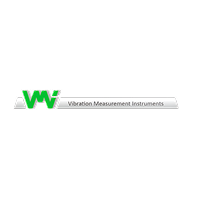Alle Produkter
Venotek AS er autorisert forhandler av Fluke og tilbyr et bredt utvalg av pålitelige måleinstrumenter til både profesjonelle og privatpersoner. Her finner du multimetre, termograferingskameraer, installasjonstestere og andre kvalitetsprodukter fra Fluke – kjent for nøyaktighet, robusthet og innovasjon.
Hjelp til kalibrering?
Trenger utstyret ditt kalibering før bruk, vi gjøre jobben for deg.







